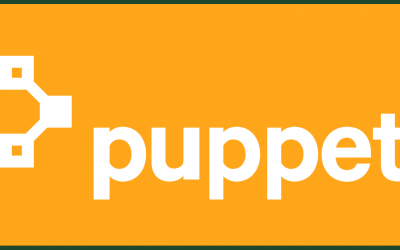In the engineering world, there’s no underestimating how hard it is to attract and retain top talent. Finding qualified candidates is hard enough. But you want to go one better than that. You want to attract talent that gives your organization a competitive edge. Once...
Configuration Management
Puppet Quick Setup Guide (Part 2) – How to Configure Puppet Master
Recently I explained how to easily set up communication between a Puppet client and master. In this follow up post I’ll outline the steps involved in configuring the Puppet master to control the client machine. Starting out with Puppet does not have to be a...
Puppet Quickstart Guide (Part 1)
Puppet is the most well-known configuration management tool in the DevOps world and used by systems administrators to centrally manage large numbers of servers and computer systems. There are several Puppet quickstart guides online. However, these guides are...
Continuous Integration Best Practices—Part 2
As I noted in "Continuous Integration Best Practices—Part 1" there are 10 best practice principles associated with Continuous Integration and in this previous article, we looked at the first three. For part 2, we pick up where we left off and talk about principles...
How to monitor Windows servers using Nagios and NSClient
One of the best monitoring software packages available for system administrators is Nagios. It's free, open source, has a large community of developers and users for support and can be relied upon to provide outstanding monitoring for mission critical devices. As part...
Five Reasons to Outsource Compute Farm and Server Management
The paradigm of computing resource configurations have changed several times of the last 40 years. From mainframes to mini computers, through desktops and file servers to server farms, software as a service and the cloud. Any company that uses server farms or...
Reverse Proxy Configurations
Now it's time to look at some of the server side configurations. The first step is to configure reverse proxy for the HTTP services. These services live on hosts that sit in the DMZ. A proxy is very simple to configure and allows a lot of flexibility to grow over time...







